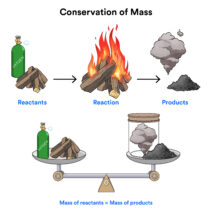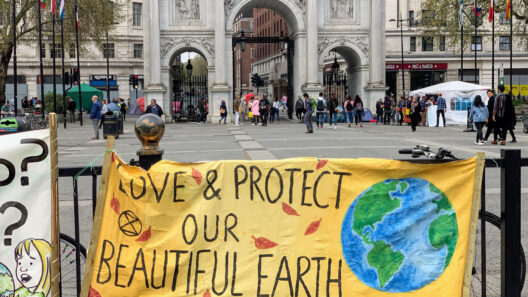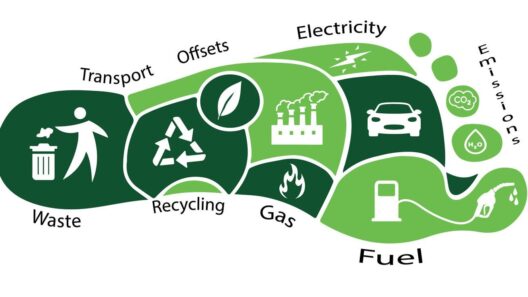The climate crisis looms large, commanding urgent attention from governments worldwide. In recent years, there has been a palpable shift in how local and national authorities approach climate change, transitioning from mere acknowledgment to actionable policies aimed at mitigating its effects. While many citizens remain skeptical about the speed and efficacy of these government initiatives, the trend toward declaring climate emergencies has emerged as a focal point in environmental discourse. This shift not only reflects a growing awareness of the problem but also unveils a layered complexity in the motivations behind such declarations.
At the heart of this evolution is a common observation: governments are increasingly recognizing the need for a concerted response to climate change. This recognition has been catalyzed by a confluence of factors including mounting scientific evidence, pervasive media coverage, and, perhaps most pivotally, public pressure. Communities across the globe have mobilized, demanding accountability from their leaders. But the decision to declare a climate emergency often remains ambiguous, hinting at underlying political maneuvering and a desire for improved public relations rather than genuine commitment to transformative measures.
Numerous governments have declared climate emergencies, asserting a commitment to an ambitious agenda of sustainability. This includes transitioning away from fossil fuels, investing in renewable energy, and constructing resilient infrastructure. The rhetoric employed by these governments suggests a paradigm shift, adopting terms such as “green new deal” and “net-zero emissions.” However, an exploration of the specific actions taken—or in some instances, the lack thereof—reveals a dichotomy between proclamations and practical implementation.
One of the most significant shifts has been in policy frameworks. Countries like the United Kingdom and New Zealand have distinguished themselves by enacting comprehensive climate legislation. The UK’s Climate Change Act of 2008, which was the world’s first legally binding national commitment to reduce greenhouse gas emissions, is a case in point. Recently, the UK government has committed to achieving net-zero emissions by 2050. However, while such legislation is commendable, the effectiveness hinges on rigorous enforcement and accountability mechanisms. Without these, the practical implications often fall short of the lofty goals originally set.
On a local level, municipalities have also stepped into the climate action fray. Cities like San Francisco and Melbourne have pioneered comprehensive climate action plans that encompass everything from enhancing public transportation systems to mandating green building practices. By identifying and targeting specific areas of emissions, these cities have set a standard for others to follow. In short, localized responses to climate emergencies can be tailored to address unique environmental challenges while simultaneously cultivating community engagement.
Yet, while some governmental measures exhibit progress, a critical examination reveals intricate barriers that impede full-scale action. Economic considerations often dampen the enthusiasm for aggressive climate policies. There are concerns about the impacts on jobs, especially in sectors reliant on fossil fuels. As a result, many governments navigate a precarious balance between environmental responsibility and economic viability. This dilemma manifests in policies that prioritize gradual transitions rather than sweeping reforms. A notable example is the continued investment in natural gas, often labeled as a “bridge fuel,” even amid calls to phase out fossil fuels entirely.
Another significant observation is the role of international diplomacy in shaping national climate policies. The Paris Agreement marked a watershed moment, galvanizing nations to establish their own emission reduction targets. However, the effectiveness of this international agreement hinges on compliance and collective action. Countries that exhibit unwavering commitment stand in stark contrast to those that waver under domestic pressures or strategic economic interests. This inconsistency can foster a climate of disillusionment among activists and citizens who rightly question the sincerity of governmental commitments.
Moreover, the influence of the private sector cannot be understated. Corporations play an essential role in implementing sustainable practices, and many governments have recognized the necessity of engaging with them. Public-private partnerships have emerged as a promising model for addressing climate change, enabling governments to leverage the expertise and resources of the private sector. However, reliance on corporate solutions introduces its own set of challenges. Profit motives may undermine genuine sustainability efforts, leading to “greenwashing” where companies exaggerate their environmental credentials. This reality prompts scrutiny over whether government-led initiatives are genuinely transformative or merely cosmetic.
In light of these complexities, community involvement remains paramount to foster genuine progress. Grassroots movements, innovative local initiatives, and citizen-led advocacy groups have emerged, influencing governmental policies from the ground up. This grassroots momentum serves as a reminder that while government declarations are critical, real change often depends on engaged and informed citizens holding policymakers accountable. As society progresses further into the climate crisis, the interdependence between government actions and citizen activism will be pivotal.
In conclusion, the evolution from policy to progress in addressing climate change reflects a nuanced interplay of factors. Governments have begun to declare climate emergencies, motivated by both domestic pressures and global imperatives. While promising initiatives and legislation emerge, the transition from rhetoric to tangible action remains rife with challenges. Economic imperatives, international dynamics, corporate influences, and community engagement all intertwine to shape the effectiveness of governmental efforts. There is profound fascination in observing these developments, as they illuminate the complexities and intricacies involved in combatting one of humanity’s most pressing challenges. The journey toward significant climate action is lined with obstacles, but it is equally punctuated with opportunities for transformation, demanding vigilance and sustained engagement from all sectors of society.







